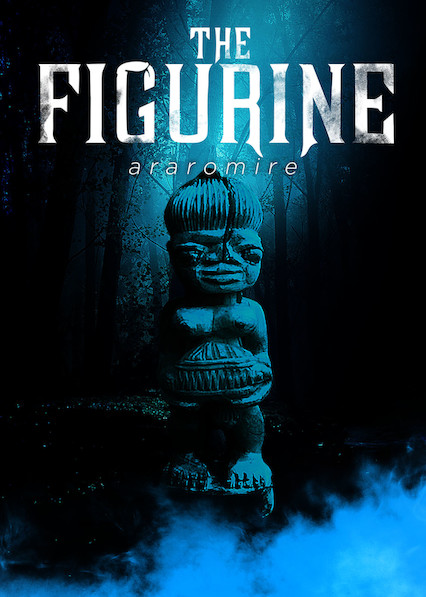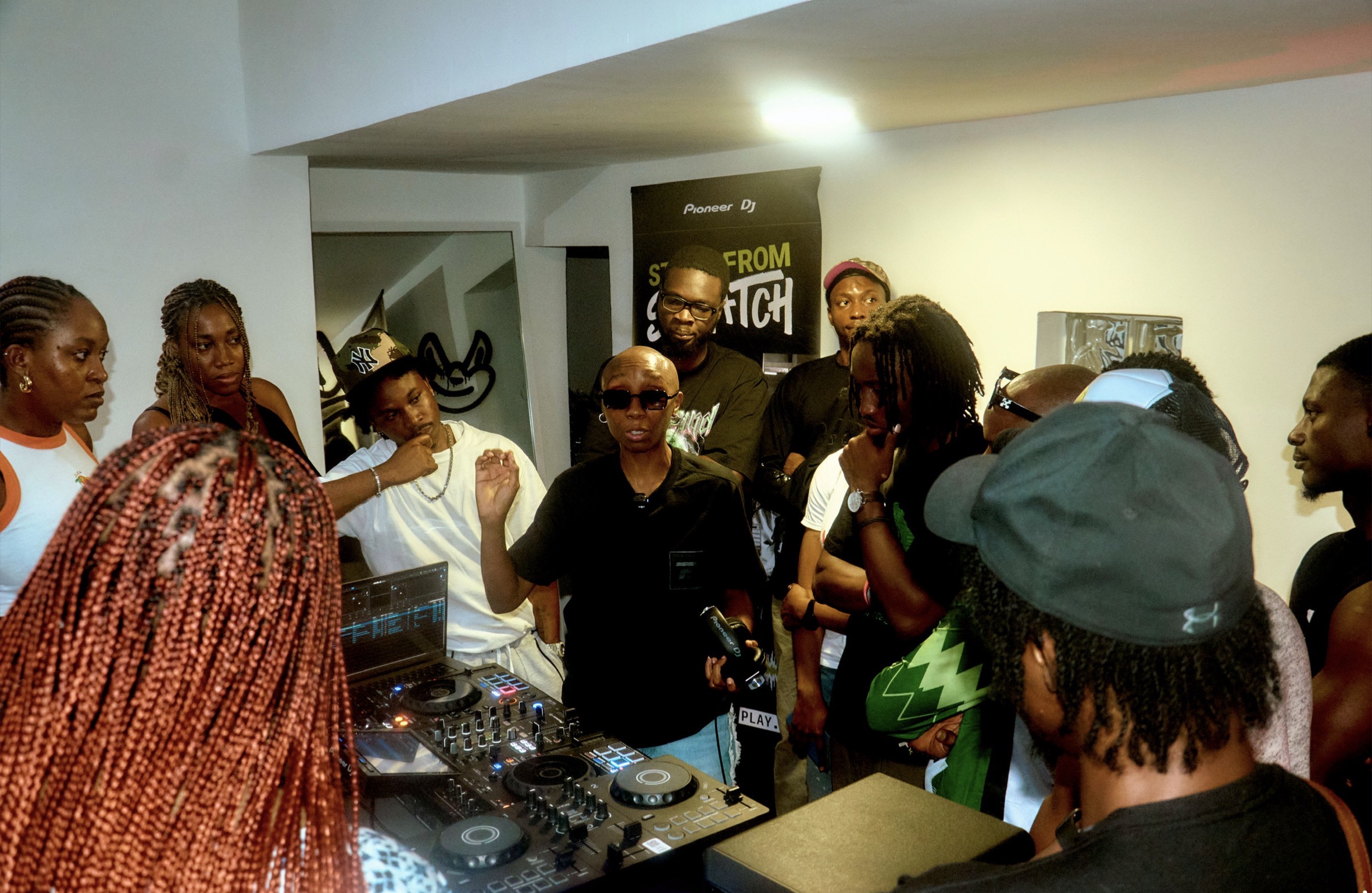by Remilekun Jordan.
The cinematic foray into the supernatural isn’t a foreign concept in Nollywood. As a matter of fact, it is a disservice to call it a foray when most of our films have a lot to do with the supernatural and metaphysical due to our diverse cultural heritage. Our industry thrives on demons, witches and evil sorcerers plotting money-making rituals. From films like Tunde Kelani’s TIOLUWA NILE to Chico Ejiro’s BLOOD MONEY, we are somewhat obsessed with the terrifying underworld and its consequences so much that it became a bland trope – a cliché and a television staple. Then came Kunle Afolayan’s The Figurine.
The plot of The Figurine (2008) is quite straightforward (at least for the most part). It begins with a folktale in a town called Araromire about a goddess in form of a figurine that bestows upon its seekers, seven years of prosperity and seven years of calamity, and the disaster it brought upon the villagers that invoked its spirit. At first, we think we are about to witness a supernatural epic but then we get transported into modernity,
We see two friends Femi (Ramsey Nouah) and Sola (Kunle Afolayan) who discover the figurine in Araromire as NYSC corps members and the tragic events that follow. The beauty of the figurine lies not only in the script by Kemi Adesoye but in the cinematography of Afolayan. Every shot exudes hints of surrealism while still grounding you in the very fact that this is a story about real people and real situations with real stakes. There’s a slight contrast in the lighting of the scenes as the film progresses, it gets dimmer and dimmer denoting a descent into chaos and a passage of time as opposed to the common exposition dump prevalent in a lot of Nigerian films.
Afolayan does not tell you to believe in the supernatural qualities of the figurines, he asks you to consider the existence of otherworldly forces through the sequence of events that unfold and how it affects everyone who has been in contact with the figurine. It abandons regular clichés of disappearing witches and blood sacrifices to wooden gods and decides to focus on the psychological effects of rapid change, jealousy, solipsism and greed.
Afolayan asks us for a second to consider these things as primordial forces and not just innate human traits. Perhaps greed, jealousy and an unquenchable thirst for success were the first gods and all our wants serve as fuel for their rage or as a form of worship. That is a question this film poses at its very core – what if the natural is the great weird? it is perhaps Nollywood’s first attempt at cinematic vagueness as there are no answers to whether or not the figurine had any actual fortunate and adverse effect on the people of Araromire or Femi and Sola who stumbled upon it by chance or if we want to be slightly ominous …fate.
Not to sound like a broken record and to avoid the grievous sin of giving out spoilers (it’s a film from 2008, you really should have seen it by now) but you should know it’s a film about questions. It does what cinema is meant to do, and that is to simply serve as a catalyst for the philosophical. Look I’m aware that I might be reading too much into this all in the name of critical analysis but The Figurine isn’t the first film about the tropes it embodies nor is it going to be the last but there’s a salient reason why the film has stood the test of time.
Afolayan has gone on to make many beautiful films like October 1 and Citation since then, one an epic based on the events preceding the Nigerian independence and the other about the frequent misuse of power by educators in tertiary institutions but I think his magnum opus remains The Figurine, it’s the origin of his style. Nollywood’s most daring work of art and the closest view into the unseen and what lies beyond the ordinary.





